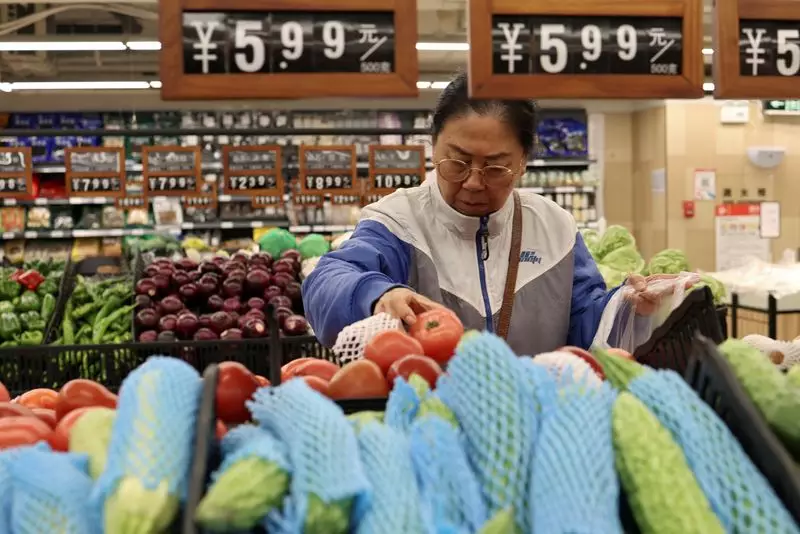As China grapples with a slowing economy, recent forecasts indicate that growth may be faltering further, particularly in the third quarter of 2023. Analysts predict that the world’s second-largest economy will have reported a year-on-year growth of only 4.5% from July to September, a decrease from 4.7% in the previous quarter. This slowdown underscores a worrying trend, marking the lowest quarterly growth since the first quarter of the year. The persistent downturn in the property sector, compounded by sluggish consumer spending, forms a core challenge for policymakers, pressing them to initiate considerable stimulus measures to rejuvenate economic activity.
In response to this economic backdrop, Chinese authorities are intensifying their focus on stimulus strategies to meet an ambitious growth target of around 5% for 2024. As part of this approach, recent surveys suggest that economic growth may only slightly increase to 4.8% by 2024, and further predictions indicate even weaker growth of 4.5% in 2025. This presents a significant hurdle for the Chinese government, which has a history of relying on substantial investment in infrastructure and manufacturing to spur economic activity. However, there is a visible pivot towards enhancing domestic consumption, a critical component that has lagged behind industrial production this year.
Consumer Sentiment and Inflationary Pressures
China’s economic landscape has become increasingly complex, with deflationary risks rising amidst a bleak property scenario and local government debt concerns. Policymakers are aware of the challenges ahead, especially with the delicate balance between stimulating growth and managing inflation. Concerns have emerged regarding consumer inflation—unexpectedly dropping in September—while producer prices are in a phase of deflation, intensifying the impetus for government action to invigorate demand. As export prospects shrink, the importance of domestic consumption becomes vital for stabilizing the economy.
Trade Dynamics and Exports
The health of China’s export sector, which had been a silver lining earlier in the year, appears dimmer now. Reports indicate a sharp decline in export growth for September, alongside a reduction in imports that significantly undershot expectations. This downward trend suggests that manufacturers are compelled to reduce prices to manage inventories, likely in anticipation of tariffs imposed by various trading partners. The interplay between domestic economic policies and international trade dynamics will play a crucial role in shaping the future of China’s economy.
Amid these turbulent conditions, the Chinese government has signaled intentions to ramp up fiscal support. Recent commitments from the finance minister indicate a potential increase in debt, amounting to a substantial sum of 6 trillion yuan ($842.6 billion) sourced through special treasury bonds over the next three years. The introduction of these bonds aims to amplify fiscal stimulus efforts to support the sputtering economy. Moreover, the central bank has initiated a series of measures, including aggressive monetary support marked by interest rate cuts and substantial liquidity injections to fortify the struggling property and stock markets.
Anticipated Measures and Market Confidence
Market analysts are awaiting further details regarding the anticipated fiscal stimulus package, as clarity is essential for bolstering investor confidence. The focus includes possible reductions in the benchmark lending rate and the ratio of bank reserves, strategies that could enhance the availability of credit, stimulate borrowing, and invigorate economic growth. As the authorities prepare to unveil these measures, the Chinese economy stands at a pivotal juncture; the choices made now will significantly influence its stability and growth trajectory well into the future.
While the challenges facing China’s economy are formidable, the government’s commitment to implementing strategic stimulus measures provides a glimmer of hope for recovery. Local consumption must be prioritized, and the delicate balance between fiscal expansion and inflation control requires astute management. Only time will tell if these efforts will yield the desired outcomes in revitalizing growth and reinforcing China’s economic position on the global stage.

